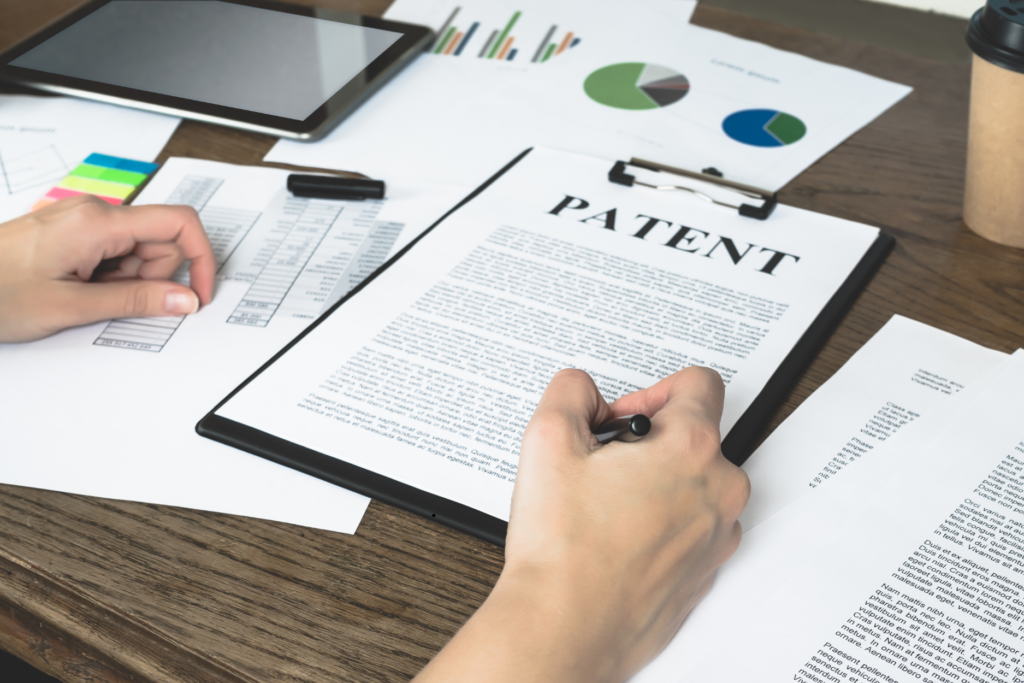
Inventing a new product is the first step in establishing a market monopoly. To fully corner the market, your product needs to be protected with intellectual property. Patents are particularly useful for protecting your inventions. However, your invention must meet several criteria, one of which is non-obviousness under 35 U.S.C. § 103.
The US patent and trademark office recently set forth updated guidance on determining the obviousness of patent claims. The guidance may be helpful not only for patent examiners but also for patent attorneys and applicants. Find the link here.
Previous Examination Guidelines for Determining Obviousness
The previous version of the guidance was set forth in view of the Supreme Court decision KSR International Co. v. Teleflex Inc. The KSR decision emphasized several factors that can be used to reject a patent claim for obviousness. Some of those factors are combining existing components in a known way to get predictable results, using a known technique to improve similar devices, and applying a known method to an existing device. A common theme among the KSR factors is that modifications that only yield predictable results are obvious.
What was updated in the new guidance?
The updated guidance focuses on providing examiners with a flexible approach in making obviousness rejections. It also reaffirmed the relevance of the obviousness factors in Graham v. John Deere Co. Thus, the patent examiner should define the content and scope of the prior art, establish contrasts between the prior art and the claims at issue, and determine the level of ordinary skill in the pertinent art, all of which are essential for a thorough patent application review by an invention patent attorney.
Understanding the Scope of Prior Art and a Person with Ordinary Skill
- The Supreme Court has indicated the need for a flexible approach to analyzing prior art with the often-used sentence, “A person with ordinary skill is also a person with ordinary creativity, not an automaton.”
- When assessing prior art, the Office must consider the perspective of a PHOSITA (persons having ordinary skill in the art) and their “ordinary creativity,” as established by KSR and subsequent Federal Circuit cases.
- A proper understanding of the prior art includes the cited reference along with what is generally known in the art by the PHOSITA.
Differences between the Prior Art and the Claims at Issue
- The guidance states that optimizing the parameters of the prior art does not require an inventive step by the PHOSITA. Therefore, routine optimization is still considered obvious.
- The guidance lays out several factors for examiners to consider when making a comprehensive obviousness determination. These include commercial success, long-felt need in the art, and the failure of others to adopt the claimed design in the market. Intellectual property attorneys play a vital role in navigating these nuanced considerations and advising clients on protecting their inventions effectively.
Evidentiary Support
The guidance also states that examiners must consider all evidence relevant to determining obviousness and ensure that they provide factual evidence. In other words, examiners must provide sound and objective reasoning to support their conclusion. Applicants would do well to remind examiners when a rejection lacks a clear articulation of the examiner’s reason for the rejection and evidentiary support thereof.
To wrap up
The guidance aims to foster clear communication between examiners and applicants during the examination process. Although the Guidance encourages flexibility as introduced by cases such as KSR, examiners must perform an objective analysis of prior art, ascertain differences between the claims and the prior art, and consider the level of ordinary skill in the art which is fundamental to the determination of obviousness. Applicants should familiarize themselves with the new guidance to help them successfully prosecute patent applications efficiently.
For expert guidance on patent prosecution and protecting your inventions, contact the Law Firm of Mario T Milano today.

